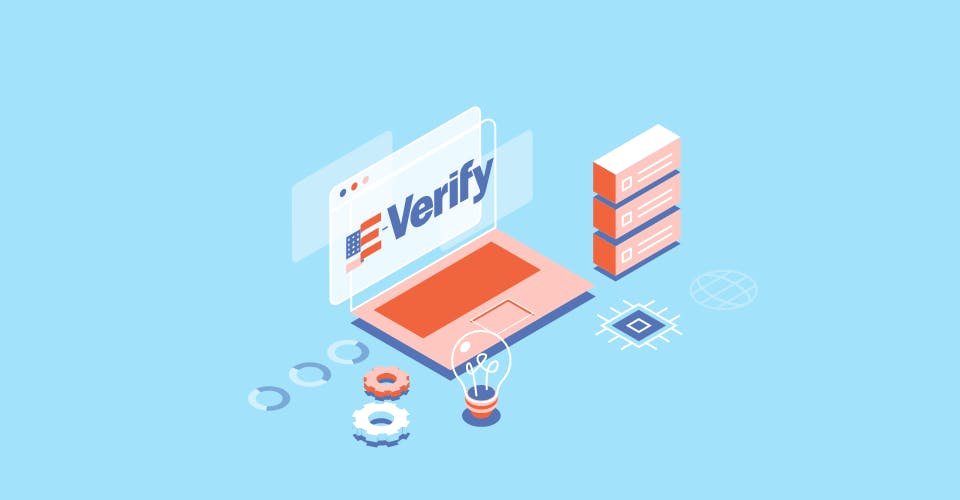E-Verify is a web-based system that allows enrolled employers to confirm the eligibility of their employees to work in the United States. This is done by having the employer first enroll in E-verify, and then using their prospective employee’s I-9 information to see if the non-citizen in question is authorized to work in the United States. The e-Verify system is easy to use, but is really a matter of registering. Some employers do not even know about e-Verify, which seems to be a common issue, however. Or if they do, they see e-Verify as a government mechanism to crack down on illegal immigration, and want to leave government affairs out of their business operations.
In this blog, we will unpack a USCIS study on the usage of e-Verify by employers across the country, and reveal what certain employers really think about this system.
Background
Many employers in the U.S. are small businesses. As such, operating and running a small business means that employers usually have 2-14 employees maximum, and as such each employee is usually maximizing their time and effort making sure that the business is running smoothly, and not necessarily worrying about implementing a government web based program. In a USCIS survey, respondents of small businesses were asked if they have ever heard of e-Verify, with an alarmingly consistent response of “No”.[1]
Across the board, larger organizations have heard of e-Verify, with the following data representing a range of answers from differing sized organizations and a total sample of 503 employers surveyed: 17 percent of respondents from organizations sized 2-14 employees had heard of e-Verify, followed by 29 percent of respondents from organizations sized 15-99 employees had heard of e-Verify, while 56 percent of respondents from organizations sized 100 or more employees had heard of e-Verify.[2]
Barriers to Adoption
Some employers from the same study that the reason they never signed into e-Verify for the sake of verifying employee eligibility is because they would simply go through a process of checking with the SSA—Social Security Administration, to see if the employees they were hiring had valid SSNs.
Other employers were using their own system of outsourcing their new employee data and personal information to background checks and fingerprinting, which seemed to suffice for their concerns of employer eligibility.
Other organizations simply stated their company was too small and they didn’t hire often enough to make e-Verify a priority.














